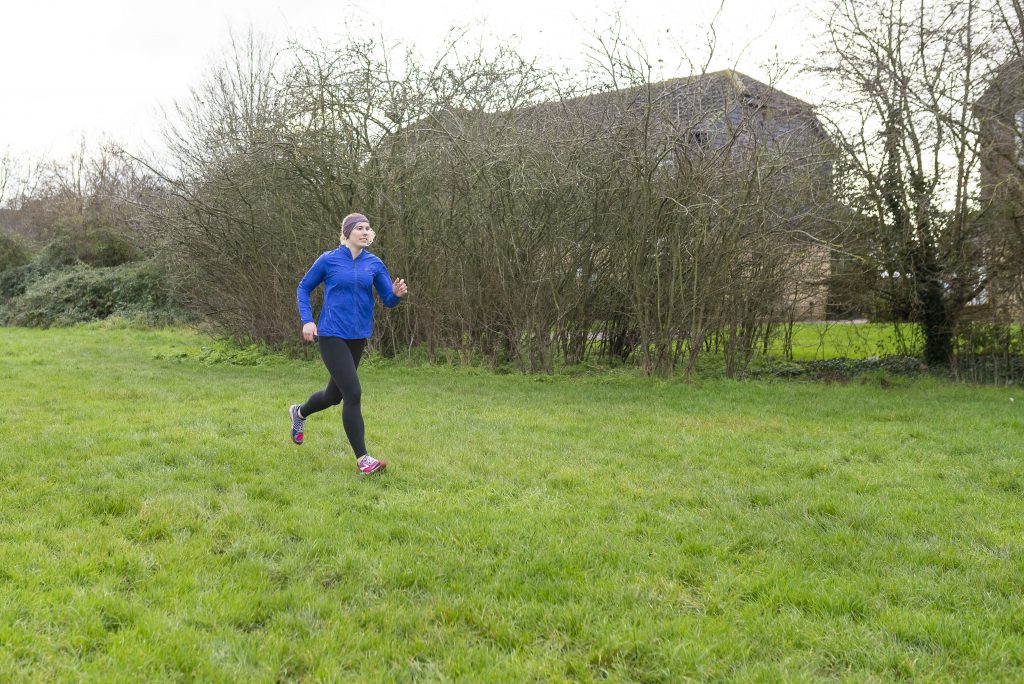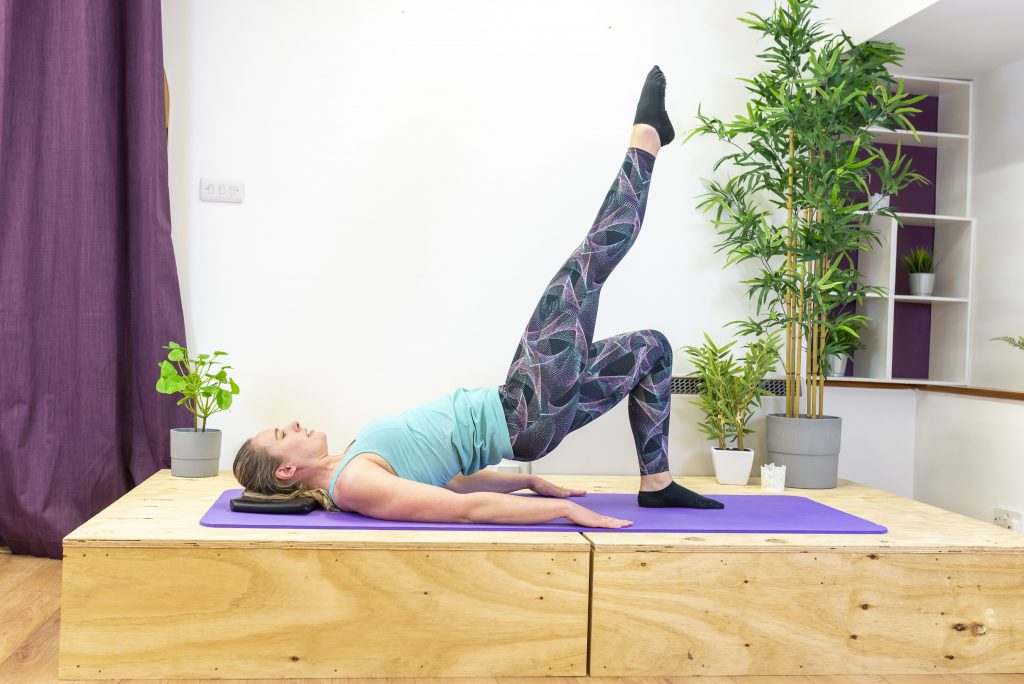Do you want to know how to build your running up safely, without getting injured?
If you’ve decided to take up running this January, and have googled how to do it, you may have stumbled across RED January.

What is RED January?
RED January stands for Run Every Day January. It’s an initiative set up to encourage you to get active every day in January to help your mental wellbeing. RED January’s official charity partner is Sport in Mind – the mental health charity that uses sport to empower and improve people’s lives.
Does that mean I should run everyday?
Simply put, no. RED January encourages you to move in whichever way feels best for your body and mind, whether that be walking, running, swimming, cycling, Pilates, or any other form of exercise you feel good for doing.
I’m new to running, how should I start?
As a physiotherapist and experienced runner myself, I’d highly recommend downloading the couch to 5k app, and following this. The app advises you to run 3 times a week, and gradually builds up your sessions over a 12 week period. In RED January, you could go for a walk, or why not join in with my Pilates classes to work on strength, flexibility, and injury prevention on the days between your runs!

How often should I be running?
Running everyday will be possible for some people but please keep in mind:
- To be able to tolerate running every day without getting injured, you need to have trained to do this, like you would any other event. If you weren’t constantly running 4-5 times a week in at least the 6 weeks leading up to January, your body is unlikely to be adapted to tolerate this without risk of injury.
- The idea of this challenge is to help you set up achievable exercise habits that make you feel good – if you’re making yourself slog the pavements day-in-day-out for 30 days, is that a healthy, enjoyable habit you’re likely to sustain in the long-run?
- You don’t need to go far or fast on every run – try and mix up distances and intensities to help you see a benefit in your running, and make sure you give your body a chance to recover with slow, easy runs.
- Variety is the spice of life! Keep things interesting! Why not run one day, walk another, do some Pilates on another? You’re much less likely to get bored, and look forward to your next run session if you have a day or 2 off to do a different activity between each.
I hope that helped give you an idea of how to build your running up safely, but if you’re after any further advice, please give me a shout here!
